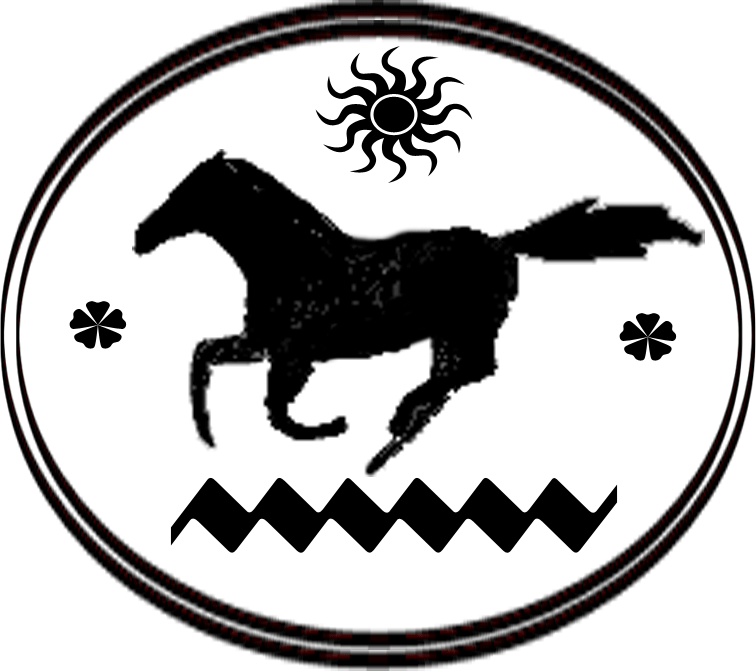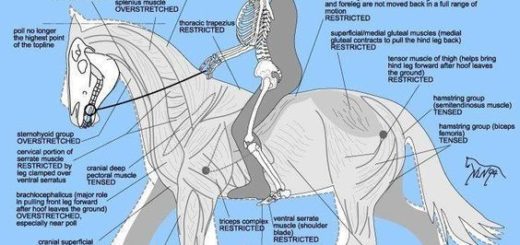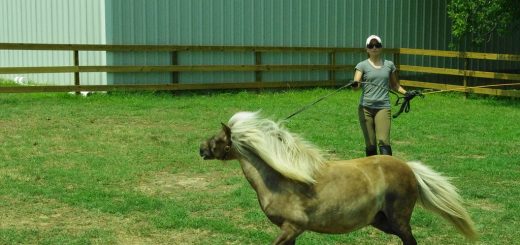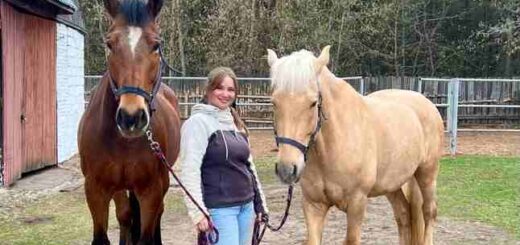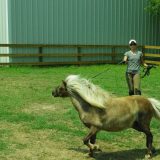How to ride a horse fast?
To ride a horse fast usually means you have to perform a full speed gallop (25-30 miles per hour or 40-48 km/h) which is very dangerous for beginners. Slower gate is called canter (if you riding English) and lope (if you riding Western) (10-17 miles per hour or 16-28 km/h). So the gallop (or run) is much faster than cantering (loping).
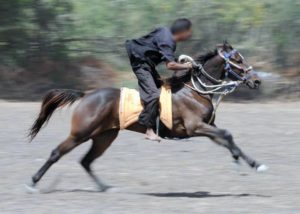
So you need to determine what horse speed is fast and safe for you and choose the right gate to master. Be aware that speed isn’t the only difference among the gaits; the way the horse positions her legs also determines the method of motion.
Horses typically go from the walk or jog or trot into the lope or canter and into gallop.
The horse has four natural gaits that the beginner will encounter and need to master over a period of time: walk, trot, canter (lope) and gallop.
First of all, let’s talk about all the main gates of a horse you need to learn to ride a horse fast safely and correctly.
The walk (~4 mph or 6,5 kmph)
To ride a horse fast usually means to learn the basics. So the ‘first speed’ (or gate) of a horse is a walk (about 4 miles per hour). Some horses walk faster than others. The walk is a slow four beat gait. Most people think the walk is an easy gait because they’re not going fast. Actually, it is the hardest gait to perform correctly. At the walk, sit deeply in the saddle and let your hips move with the movement of the horse. Expect the horse to walk with energy and life.
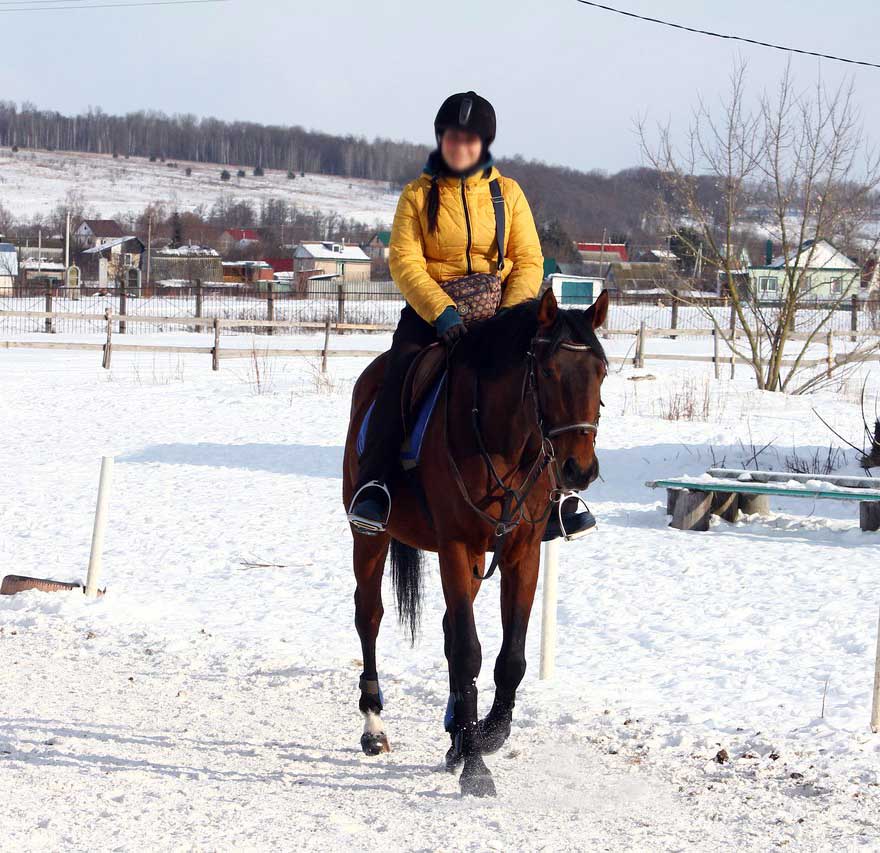
Your first task if you want to ride a horse at the walk is to cue him forward. The way you cue him varies according to discipline, although the differences are subtle.
When riding Western, you ask a horse to walk by gently squeezing the horse’s sides with your calves (keeping your knees in place). Maintain this pressure until the horse moves forward. After you feel the horse respond, relax your calves.
If the horse doesn’t respond at first, increase the pressure until you get a response. You may need to use your voice to encourage the horse to go. For horses, clucking with your tongue is a fairly universal signal to move forward.
English riders ask a horse to walk by using leg pressure. Squeeze the horse forward with your calves (not your knees) by pressing in on his sides and maintain this pressure until the horse moves forward. After the horse responds, relax your calves. Be careful not to take your calves completely off the horse, because you want to maintain some contact with your legs.
When asking the horse to walk when riding hunt seat, your reins should be neither too tight nor too slack. Traditionally, you want to keep a straight line in the reins from bit to elbow. If you’re riding dressage, you should have some contact with the bit, which means you have slight tension in your reins. In hunt seat riding — but not in dressage — you can also use your voice to encourage the horse to go forward if you don’t get an immediate response to your leg pressure. You do this by clucking.
The trot (jog) (~9 mph or 15 kmph)
‘The second speed’ (or gate) of a horse is trot (or jog) (averages about 9 miles per hour). This gait tends to be bouncy, especially for those who haven’t developed the skills to ride it. The horse typically moves from the walk into the jog or trot. When riding Western, you ask a horse to jog by gently squeezing the horse with your calves to go forward. Maintain this pressure until she breaks into a jog. After you feel the horse respond, relax your calves.
If the horse doesn’t respond at first and continues to walk instead of jog, increase the pressure with your legs until you get a response, being careful not to lean forward as you do so — continue to sit up straight. You may need to use your voice to encourage the horse to jog. For horses, clucking with your tongue is a signal to increase speed. In Western riding, the jog is a slow, collected (controlled) gait that shouldn’t be too bouncy.
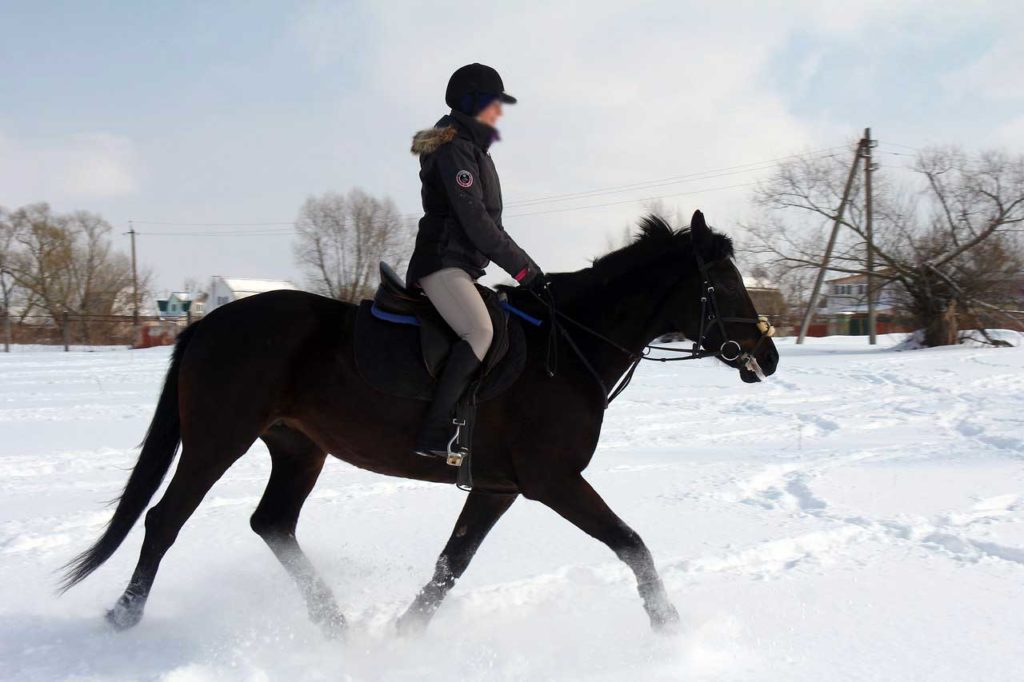
The trot (or jog) (averages about 9 miles per hour) tends to be bouncy but very efficient.
English riders ask a horse to trot using leg pressure. Squeeze the horse into a trot with your calves and maintain this pressure until the horse begins trotting. After the horse responds, relax your calves. Be careful not to take your calves completely off the horse because you want to maintain some contact with your legs. When asking the horse to trot in hunt seat or dressage, you should have some contact with the bit, which means you maintain a slight tension in the reins.
When the horse trots the right front and left hind leg hit the ground together and left front and right hind do the same. Basically it’s a two-beat rhythm. Western riders like to have a soft sitting trot. When a western rider wants the horse to trot faster the rider will post the trot – it is not so rough that way. Two feet are on the ground and two feet are in the air at any one time. The legs operate on a diagonal pattern, with the left front and right hind either up or down at the same time, and the same with the right front and left hind, with a brief moment when all four feet are off the ground.
In Western riding parlance, a slow trot is known as the jog. In the beginning, it is easier to learn to post at the trot. Posting, also called rising trot, is a method of rising up and down to the rhythm of the horse’s movement. You rise out of the saddle with the rise of the outside shoulder and foot (the one along the fence rail or arena wall), and you sit back into the saddle as that outside front foot falls to the ground. Posting is easier if the horse is going forward with some speed because the horse’s trotting movement pushes you up out of the saddle.
The trot is the most favorable gait for a horse because a horse in good health can perform a trot for hours and hours.
The Canter (Lope) (16–27 km/h (10–17 mph)
To ride a horse even faster you need to learn the canter or lope. In the Western show world, the canter is called the lope, and is a slower gait than the working canter of the English riders. The western lope is faster and is a 3 beat gait.
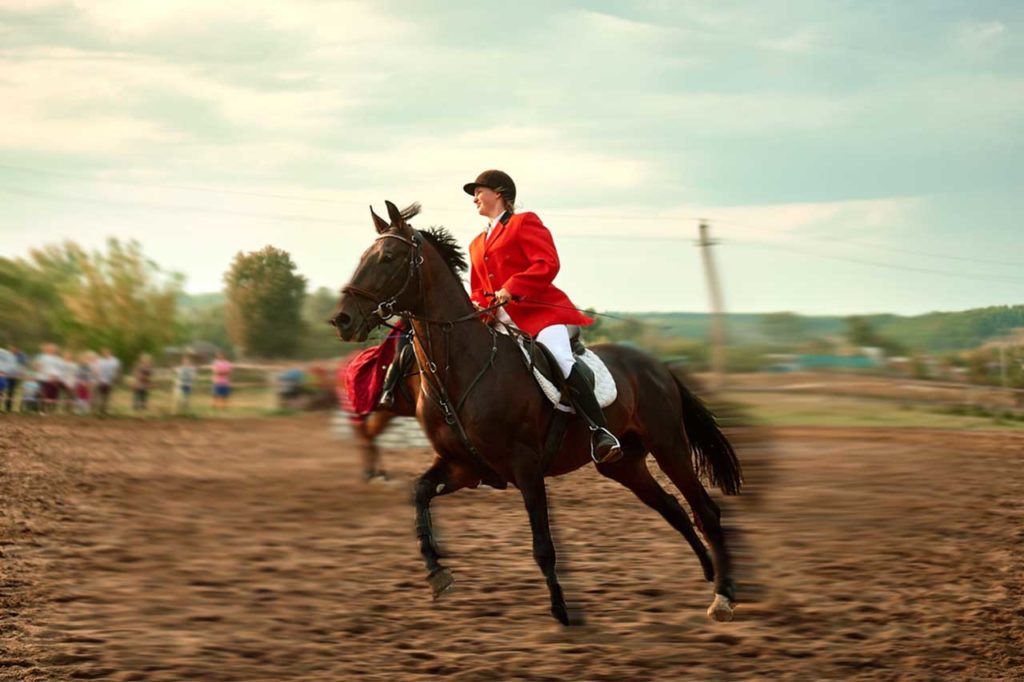
To ride a horse fast you need to learn the canter (lope).
Begin by gathering your reins slightly, which is a signal to the horse that something is about to begin. Lift up a little on your grounding strap to help keep you sitting, just as you would if you were starting a sitting trot. Run through your seven steps again.
When riding Western, you ask a horse to lope by moving the hand holding the reins forward to create more slack and by squeezing the horse forward with the calf of your outside leg (in an arena, the leg closest to the rail). Maintain this pressure until the horse steps into a lope. After you feel the horse respond, relax your calf. Keep your body position in mind as the horse starts to move forward. If the horse doesn’t respond at first and starts to jog, don’t chase him into the lope by leaning forward and trying to make him go faster. Instead, bring him back to a walk and ask for the lope again, this time with greater pressure from your outside leg until you get a response. You may need to use your voice to encourage the horse. The easiest command at this stage is a voice command such as “Betty, canter!”
Just give a light leading rein lift with your outside rein, cluck, and use your left abdominal muscles to roll your inside seat bone actively. Later on you will use a leg aid as well, but at this stage you want your legs to stay hanging loose. Some horses will pick up the canter more easily if you ask when you are about halfway around the corner to the long side that takes you toward the gate.
When riding hunt seat or dressage, ask a horse to canter by moving the inside rein (the rein closest to the center of the arena) slightly up, back, and out, all at the same time. In hunt seat, your outside rein (the rein closest to the rail) should be slightly slack and the inside rein should be slightly taut. As you move the inside rein, squeeze the horse with the calf of your outside leg, and maintain this pressure until the horse begins cantering. After the horse responds, relax your leg. You want to maintain some contact with your legs, so don’t take your legs completely off the horse.
By the way In Western riding, the lope is a slow, collected gait (well, it’s slow compared to a faster English canter or a gallop, but it’s still the second-fastest gait). In highly trained Western pleasure horses, the lope is almost as slow as a jog.
To learn how to ride a horse even faster at the gallop is simply to learn an extension of the canter.
The Gallop (24 to 31 mph, 39 to 49 kilometres)
To ride your horse really fast you have to learn the gallop.
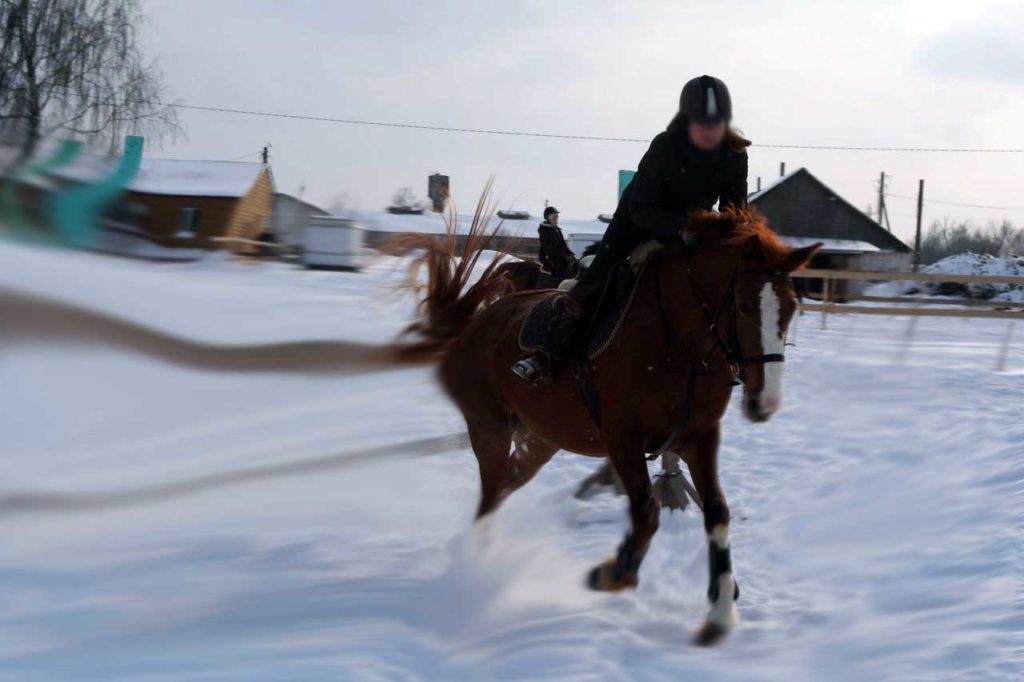
The galloping is nearly always ridden in half seat because the horse needs the freedom of having the rider off his back. Also, although the movement is smooth, there is a lot of thrust. But the gallop is easy to follow. Generally the only danger is from a stumble or a sudden stop.
In the gallop, which is a succession of leaps, the rider will lean slightly back, so that the buttocks will be carried well under him, and hold the body without stiffness. The positions of the body must, however, always conform to the action of the horse, and to the direction in which he goes; and practice must show what, and how great, these changes should be.
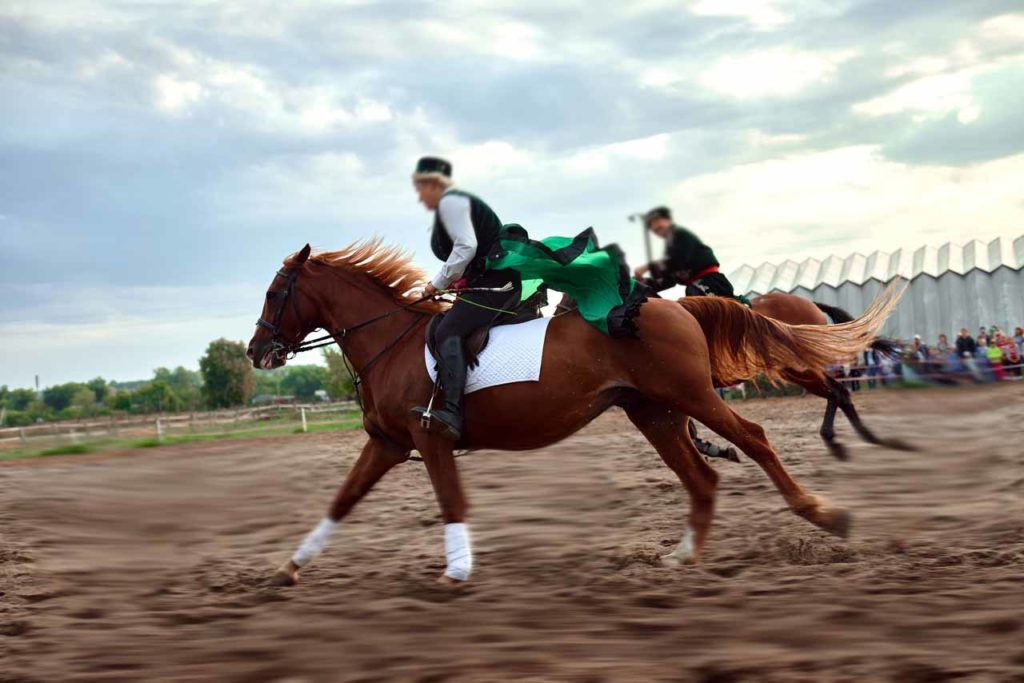
It is also a four-beat gait, instead of a three-beat gait. Racehorses gallop all out to reach the finish line, but in most other equestrian pursuits, riders gallop in hand, which is a slower, well-controlled version of this gait. To free the horse’s back in the hand gallop, the rider assumes a two-point position in the saddle (similar to that in jumping), leaning forward slightly, with bottom out of the saddle and with weight firmly down in the heels for balance.
To put the horse into the gallop, leading with the off-leg, bring him into equilibrium, then lightening the fore-hand, and particularly the right shoulder, with a play of the direct rein, let him press in the left heel. In consequence of these movements on his part the horse will take the gallop with the legs on the right side making the larger strides; for the right shoulder is free to extend itself in answer to the propulsion of the forces from the croup, and the hind-quarters being bent around to the right, the hind-leg on that side must follow with a similar step. The croup of the horse, bending to the right at the application of the opposite spur, will make the longer stride with the hind-leg that is so advanced, and such a movement is required to preserve the centre of gravity under the conditions.
The horse having been put into the gallop, he will be aligned upon the path he follows by means of the hand and legs. The trained horse under the skilled rider will take the gallop upon the right or upon the left leg without bending perceptibly; for so perfect will be the equihbrium and the control, that the measured use of the aids will inaugurate a movement that will not require correction.
In the gallop the horse must be true, to insure his balance and safe-footing. To be true in the gallop the fore and corresponding hind leg will be in the lead of that side to which the horse is turning or moving. For instance, if it is the intention to turn or to move the horse at a gallop to the right he must have the head and croup bent to the right, and must take the long strides of the gait with the fore and hind leg of that side. This will preserve his centre of gravity, and in case of a mistake he has his legs in under him to help him to a recovery.
If the horse is galloping in a straight line it makes no difference with which of his forelegs he takes the long stride or lead, provided the hind leg of that side corresponds.
If a horse takes the long strides with the right fore-leg and the left hind-leg he is disunited, and has not got his powers well in control. If in turning to the left he is leading with the right legs, he can with difficulty retain the centre of gravity, and is apt to fall at the slightest blunder. We say that a horse leads on that side when he makes the long strides with the legs of one or other side.
But the fact is, the fore-leg of the other side leaves the ground before the fore-leg which makes the long stride does, and the same thing is true of the hind-legs. But the legs on the side to which he has been bent pass the others in their longer stride, and the horse is said to lead with them.
So as you can see to learn how to ride a horse fast depends on your skills and personal preferences. It is more reasonably to begin your learning with slowest gates such as walk and trot then master another more faster gates such as lope, canter and eventually full speed gallop. Good luck!
Want to learn how to ride a horse fast? I found the most helpful book ever to read about horse back riding basics – Horseback Riding For Dummies by Audrey Pavia. It’s very funny and educational at the same time.
